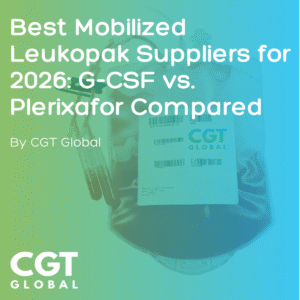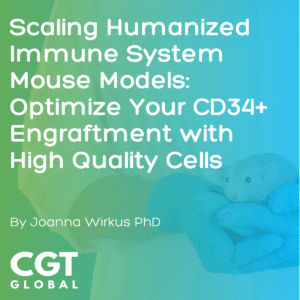The workings of the human body have long been studied, ranging from the development of an organism to the diseases that inevitably bring about their demise. Much of the research into the mechanisms of development and disease utilizes cell lines or animals such as mice. Although scientific advances have been made using these model systems, they tend to be physiologically irrelevant in creating effective therapies for humans.
As a result of three-dimensional (3D) cell culture methods, many aspects of stem cell differentiation and organ development are observed in vitro. 3D culture methods allow cells to engage in cell-cell and cell-matrix interactions which allow the cells to mimic in vivo situations. For this reason, the use of organoids is key to the visualization and analysis of the human developmental processes in real-time.
Organoids are creating new applications for studying human diseases. In the future, organoids will facilitate the analysis of the molecular mechanisms behind diseases, identifying potential novel biomarkers, and the development of patient-specific treatments. This is important because it will help determine more effective drugs and therapeutic time-frames for a particular patient.
On the horizon of regenerative medicine, organoids hold great potential for organ replacement. So far organoids for cerebral, intestinal, gastric, kidney, retina, pituitary gland, inner ear, liver, pancreas, breast, heart and lung have been developed. Although the organoids have shown functionality in vitro, they still require proof-of-concept in vivo.
In an article by Munera et al., Cell Stem Cell, the authors describe a colonic model system for studying diseases that affect the lower intestines, such as colitis, colon cancer, and irritable bowel syndrome. Skimming the surface of the molecular mechanisms that regulate colon development, the authors identified the BMP signaling pathway, which when activated, increases the expression of SATB2. Accordingly, BMP activation promoted human colonic organoids (HCO) formation from human pluripotent stem cells (hPSCs) cultures. Transplantation of HCOs into a mouse model showed that HCOs undergo morphogenesis and maturation to form tissues that exhibit molecular, cellular, and morphological properties of the human colon.
The findings of this study add to the growing pool of organoids which are becoming important models of human organ development and disease. In addition to cell lines and animal models, organoids hold the potential to improve preclinical testing and pharmacological validation not only for a given population but for an individual person.






